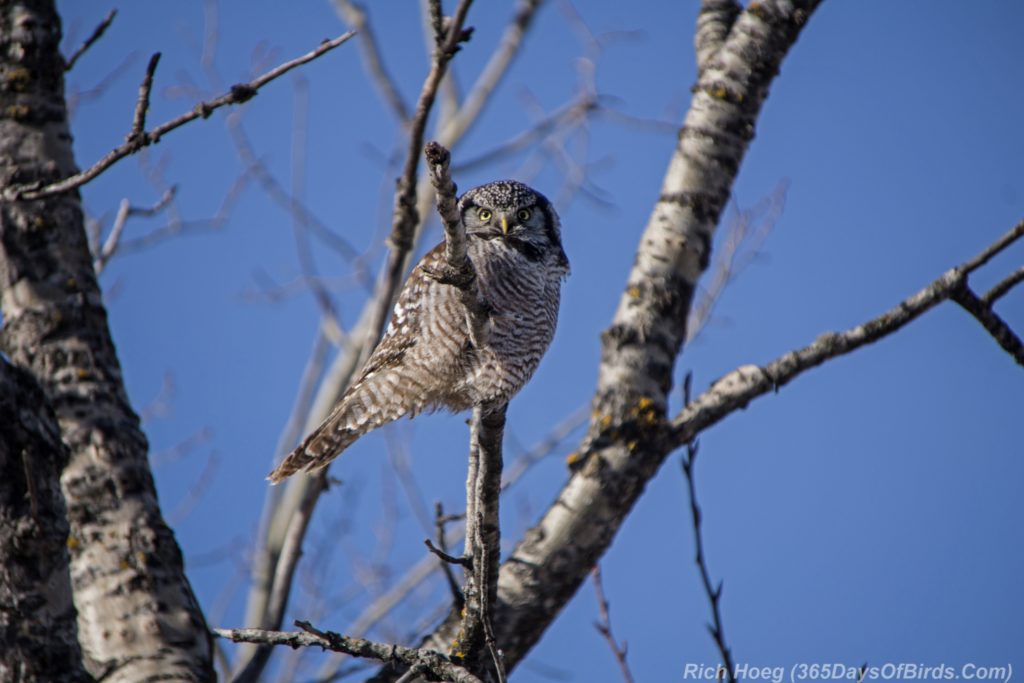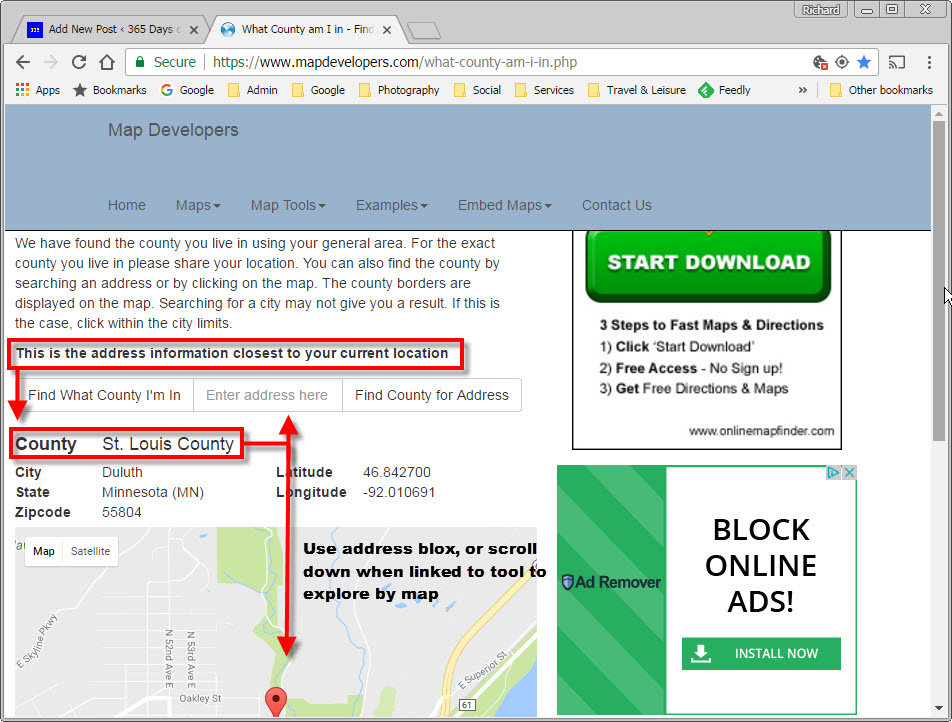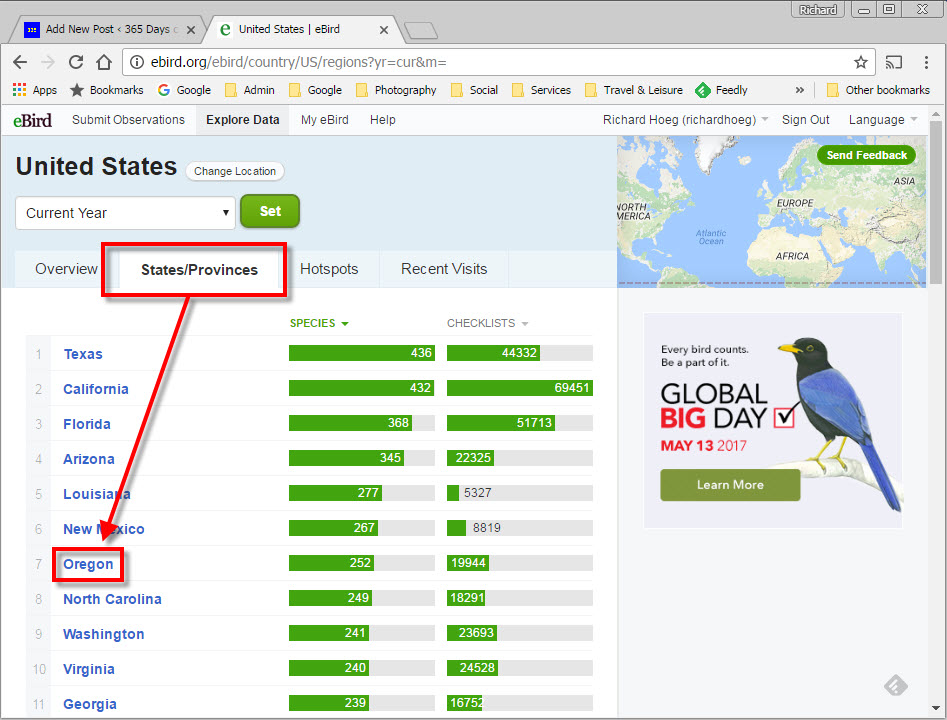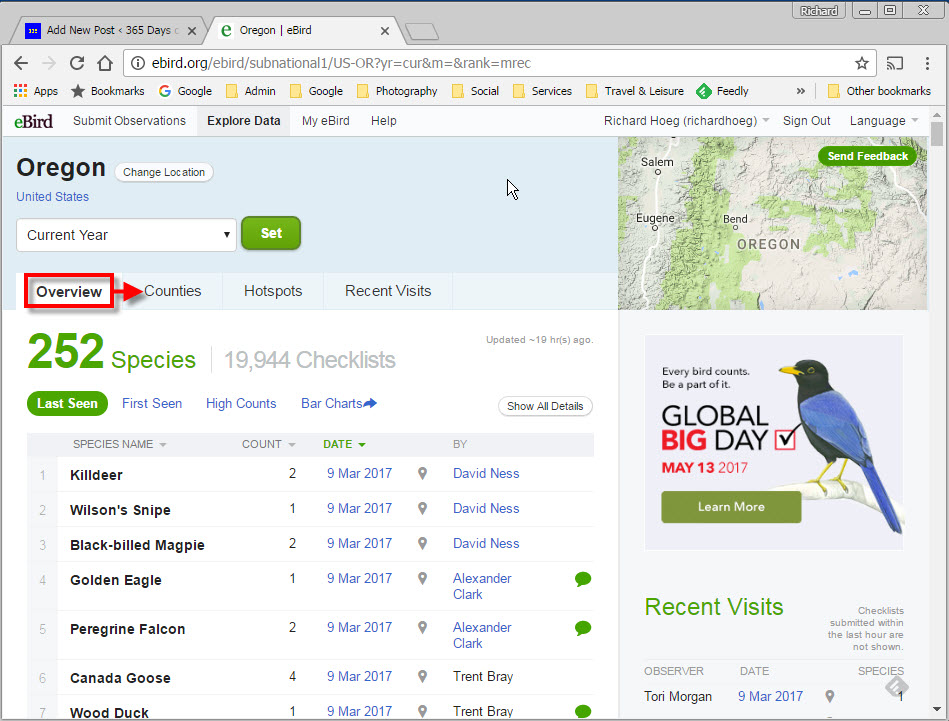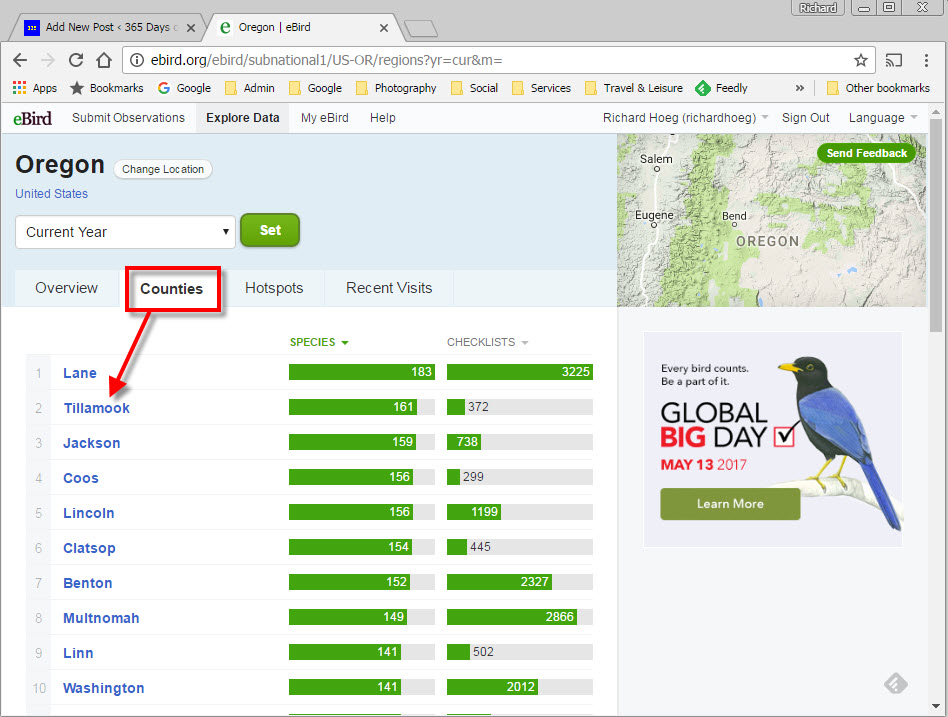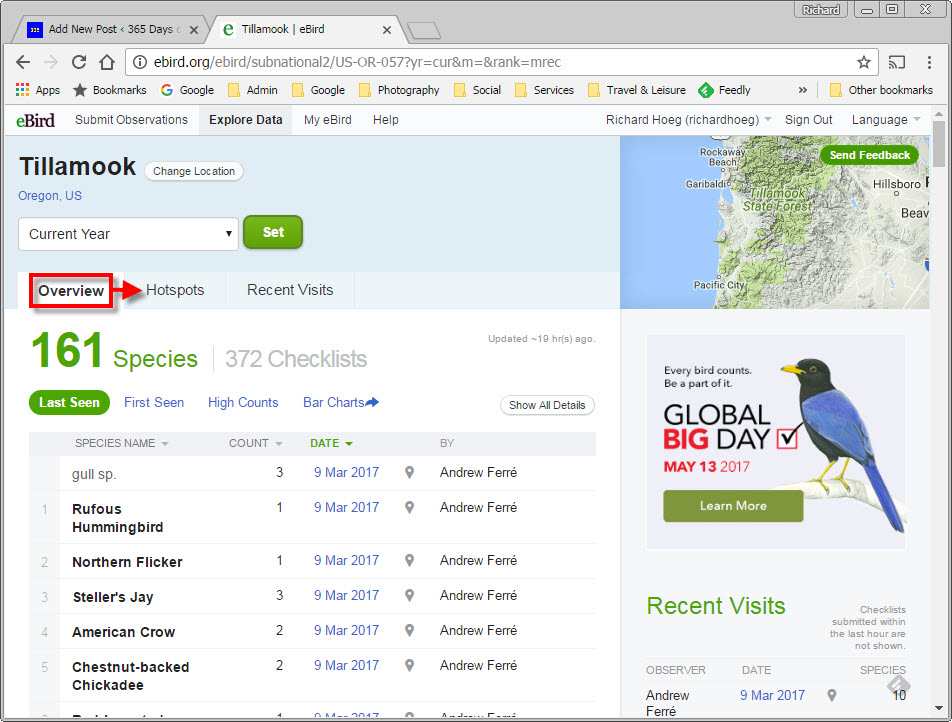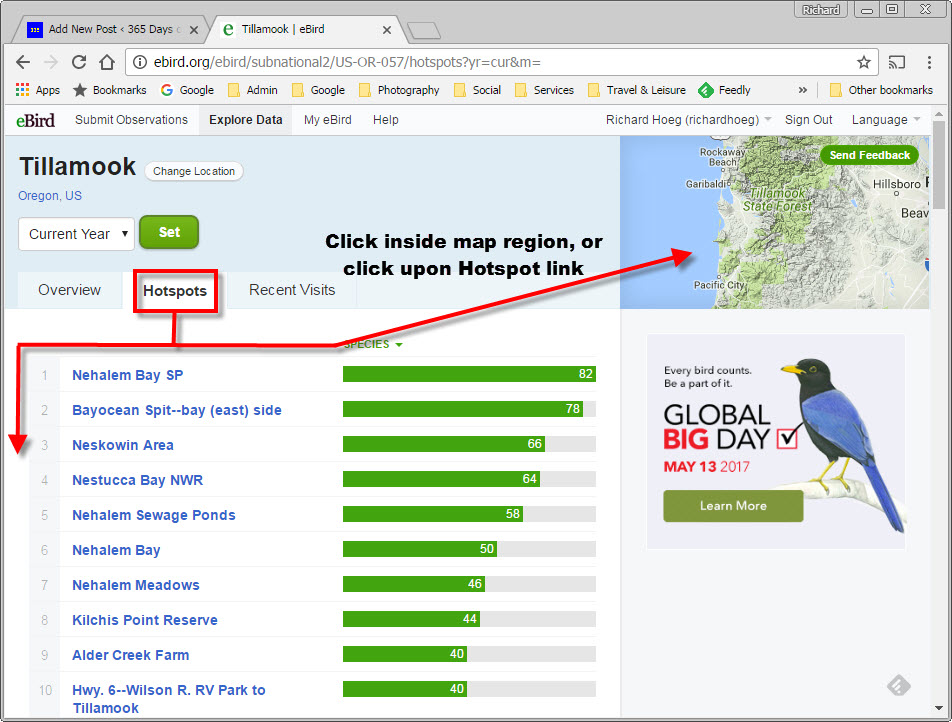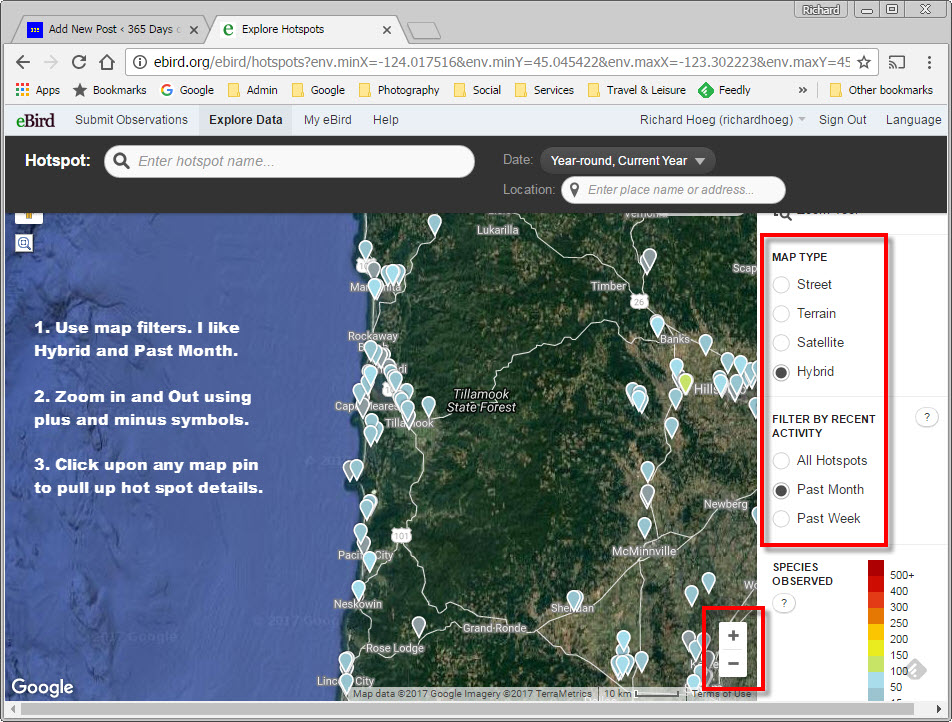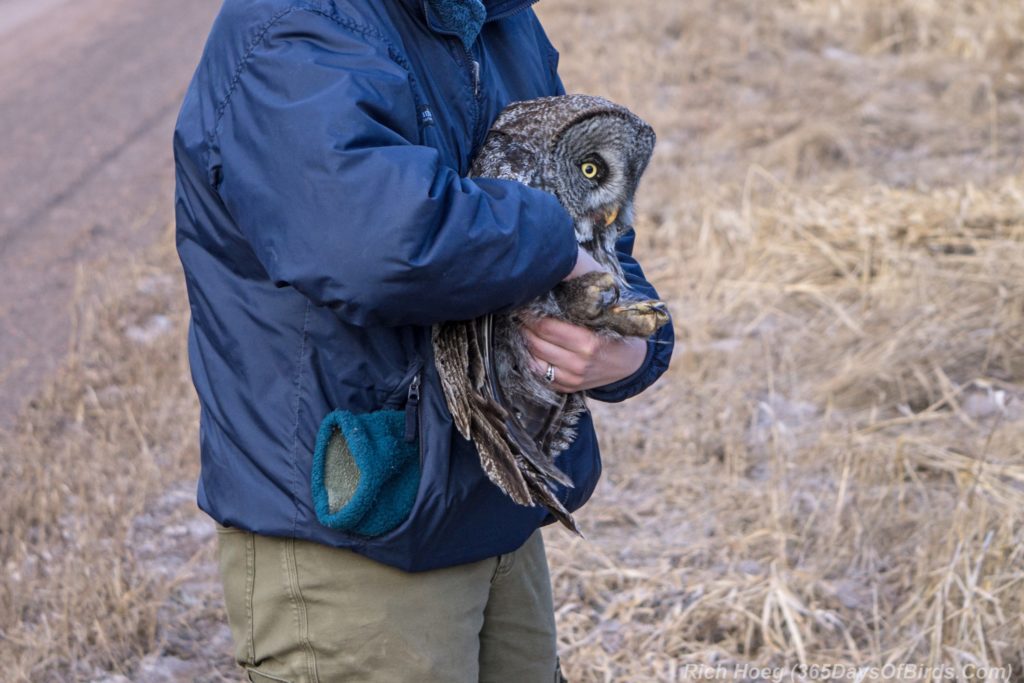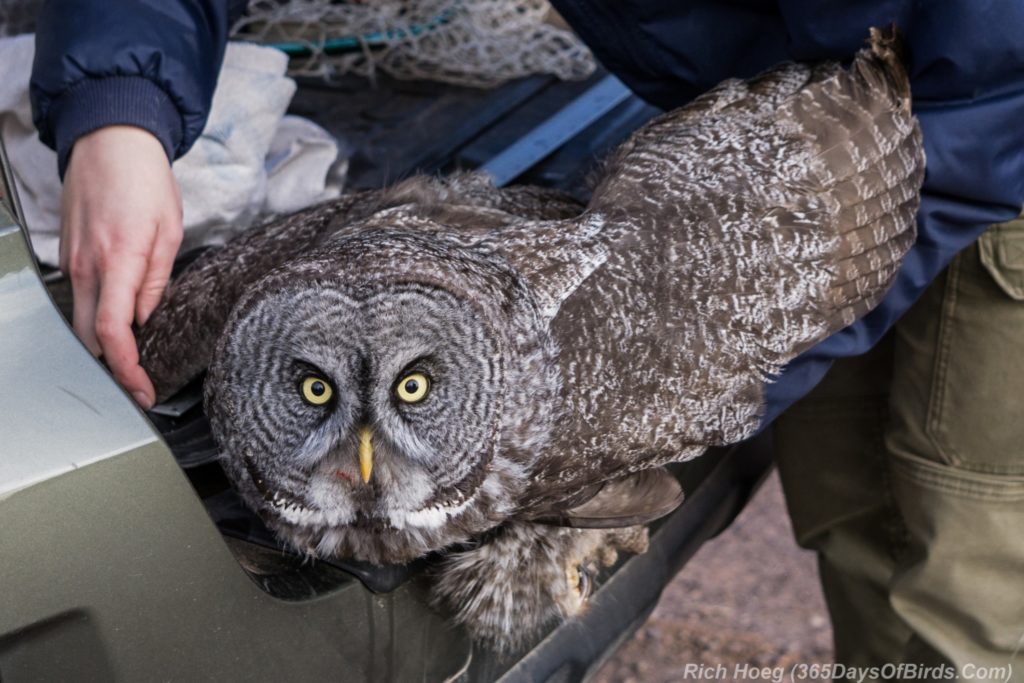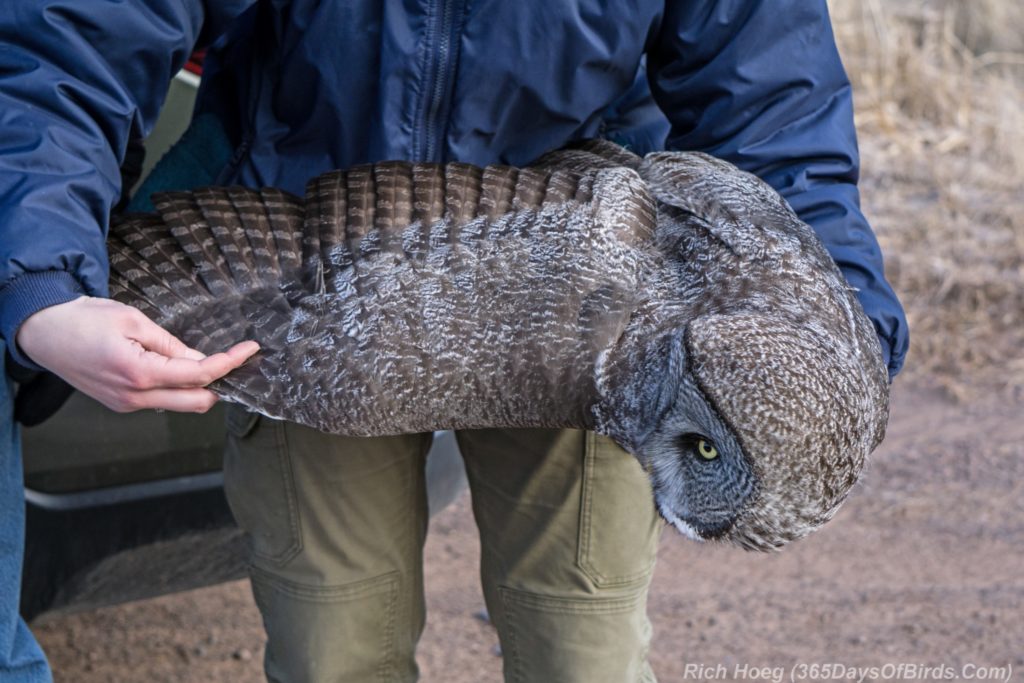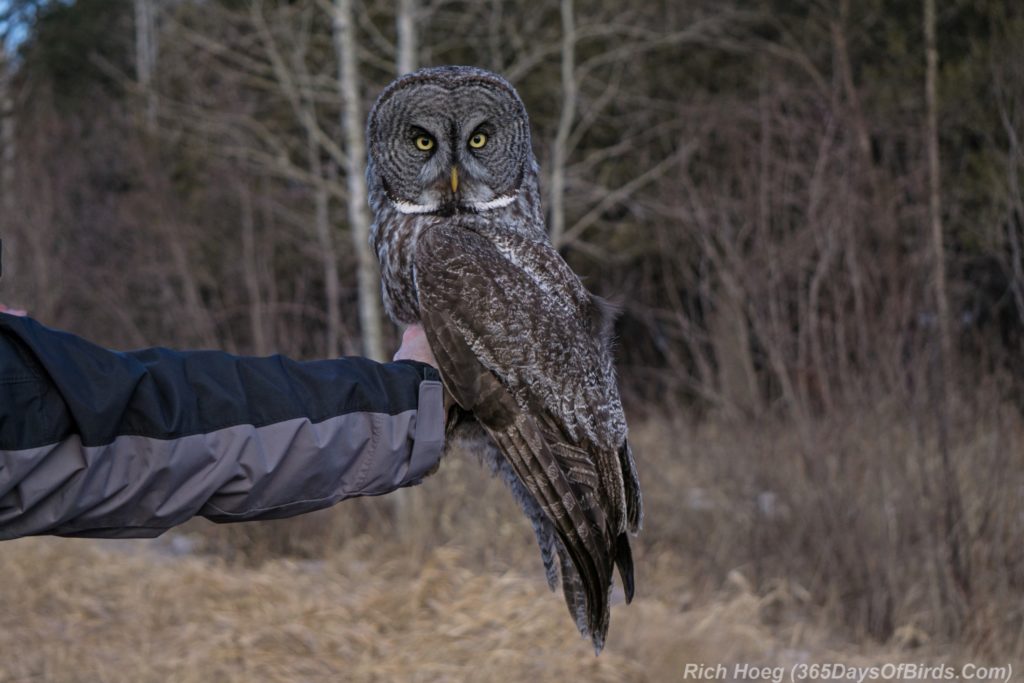Molly and I were supposed to leave today on a winter road trip. Mother Nature and a fierce winter storm in southern Minnesota had other ideas. We are hanging around the Northland for one more day while the weather improves. Our plan is to drive to the American Southwest, and do a series of day rides on our bicycles.
The end result is I visited the “owling grounds” before sunrise one last time this morning. Obviously I had not planned on even being in the area. Thankfully, owls once they establish winter hunting territories can be somewhat easy to find. I was pleased to have calm winds, and decent light … while I searched for a Great Gray Owl to photograph 20 minutes before the sun popped over the horizon. This owl was extremely cooperative … allowing me to hike into position and get down on the ground such that I could capture’s dawn’s orange glow.
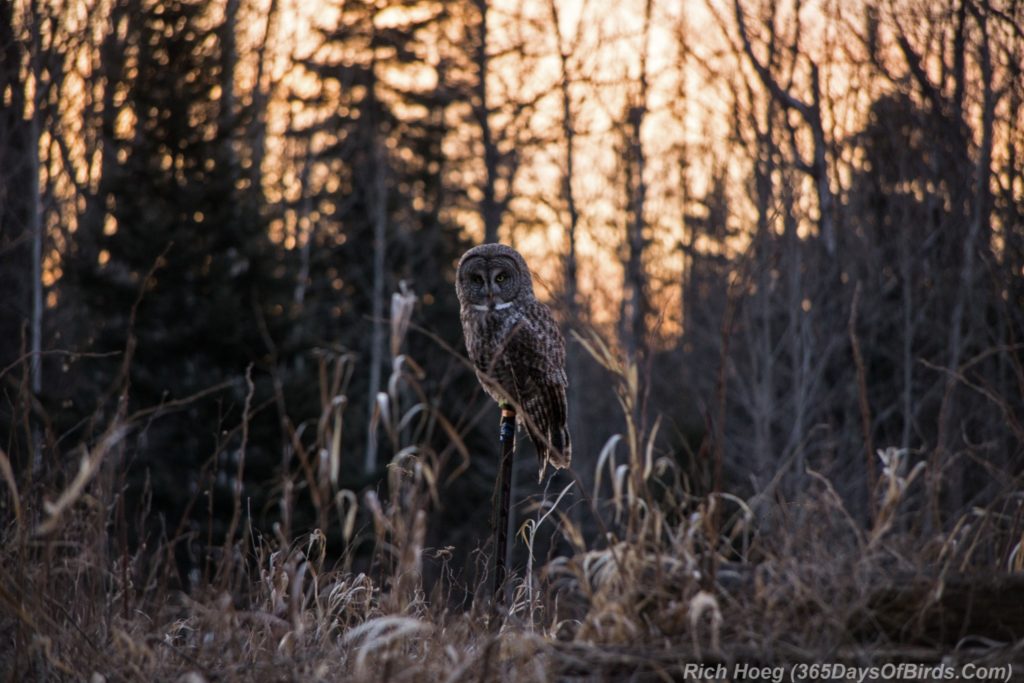
Yesterday I visited Yoki! It was fun to hang out with my Northern Hawk Owl. It had been a few weeks since my last visit. Yoki was kind enough to hunt for me while I shivered in the below zero temperatures. By the time we get home, all these owls should have moved off their winter territories in preparation for summer mating. As I noted … winter birding … “Owl drink to that!”
